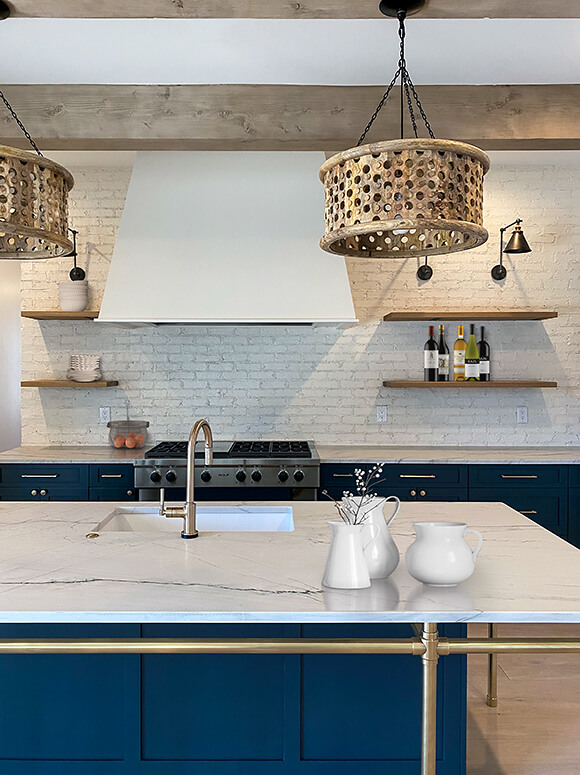Rely Upon Professional Workmanship for Tailored Legs For Kitchen Island Concepts
Rely Upon Professional Workmanship for Tailored Legs For Kitchen Island Concepts
Blog Article
Important Factors to Consider When Choosing Legs For Kitchen Area Island
Choosing the suitable legs for a kitchen island includes a careful analysis of several elements that can substantially affect both capability and aesthetic allure. As we explore these components, it ends up being clear that each choice can have far-reaching implications for the total kitchen area experience.
Product Options
When selecting legs for a kitchen area island, understanding the various material options is important for achieving both aesthetic charm and structural integrity (Legs For Kitchen Island). The selection of product considerably influences not only the toughness of the island but also its total layout and capability
Timber is a prominent selection, using heat and versatility. Strong woods, such as oak or maple, give toughness and can be tarnished or painted to match the kitchen decoration. Steel legs, often made from stainless-steel or wrought iron, contribute a commercial and contemporary feeling while guaranteeing resilience and stability. These products are immune to wear and can sustain considerable weight, making them ideal for larger islands.
One more choice is crafted materials, like MDF or plywood, which can be a lot more cost-efficient while still using a series of coatings. However, they may not supply the same degree of security as strong wood or steel. Last but not least, products such as acrylic or glass can create a contemporary appearance, though they may call for added assistance to ensure security.
Inevitably, the selection of product for kitchen area island legs need to straighten with the wanted functionality and the overall theme of the kitchen.
Design and Design

When thinking about style, the shape and surface of the legs are vital. Conical legs can provide a feeling of agility and style, while thicker, extra robust legs can convey strength and security. In addition, the surface-- be it painted, stained, or natural-- must complement the cabinetry and counter top materials to produce a unified appearance.
Moreover, the design of the legs can also reflect personal taste. Customized or attractive legs, such as those including complex carvings or distinct geometric forms, can serve as focal points, adding personality and character to the cooking area. Eventually, the right selection will not just improve functionality but also raise the visual appeal, making the cooking area island a standout attribute of the home.
Elevation Factors To Consider
Picking the suitable height for kitchen area island legs is vital, as it straight impacts both performance and convenience. The conventional height for a kitchen island typically ranges from 36 to 42 inches, lining up with usual countertop heights.

It is likewise vital to represent users' choices and elevations. Tailoring the elevation can make certain a comfortable experience for all relative, making the kitchen area island a much more pleasurable and practical room.
Weight Support
Ensuring ample weight assistance for kitchen island legs is important for both safety and capability. The cooking area island typically offers several purposes, consisting of food preparation, eating, and added storage space, demanding a robust support framework. When choosing legs, it is essential to think about the total weight ability required based upon the island's planned usage and the products that will be positioned on it.
The option of product for the legs plays a substantial duty in their weight-bearing capabilities. Solid timber, steel, and heavy-duty composites typically offer remarkable strength contrasted to lighter materials. In addition, the style of the legs-- whether they are right, tapered, or have a pedestal form-- can affect click for more info their capacity to distribute weight properly throughout the structure.
Always get in touch with the supplier's specifications regarding lots limitations to make certain that the legs can sustain the intended weight without jeopardizing security. In summary, picking kitchen island legs with appropriate weight assistance is necessary for producing a secure and useful cooking room.
Setup and Maintenance
Appropriate installation and upkeep of kitchen island legs are important for making certain longevity and stability. To start, it is necessary to adhere to the supplier's guidelines during setup. This often involves securing the legs to the space station utilizing suitable bolts, guaranteeing that the legs are degree and aligned. Making use of a degree tool can aid prevent wobbling and improve the general aesthetic appeal of the kitchen area island.
When mounted, routine maintenance is required to protect the stability and look of the legs - Legs For Kitchen Island. For wood legs, regular cleaning with a wet towel and application of suitable timber gloss can check avoid moisture damage and maintain their finish. Metal legs might call for a gentle cleaning option to remove oil and grime, adhered to by a completely dry fabric to stop corrosion formation
Furthermore, examine the legs frequently for signs of wear or damages, such as cracks or loose joints. Tightening screws or bolts as required can additionally prolong the lifespan of the legs. By sticking to these installation and upkeep methods, homeowners can ensure that their cooking area island remains tough and aesthetically appealing for years to come.
Final Thought

Aesthetic coherence is paramount in choosing the design and design of legs for a cooking area island, as these components considerably influence the overall atmosphere of the area. Tapered legs can provide a feeling of agility and style, while thicker, much more robust legs can share toughness and stability.Selecting the appropriate elevation for kitchen island legs is vital, as it directly affects both performance and comfort. In recap, choosing kitchen area island legs with sufficient weight assistance is crucial for developing a functional and safe culinary space.
In verdict, picking legs for a kitchen area island demands careful consideration of numerous factors, consisting of product options, design, elevation, weight support, and installation.
Report this page